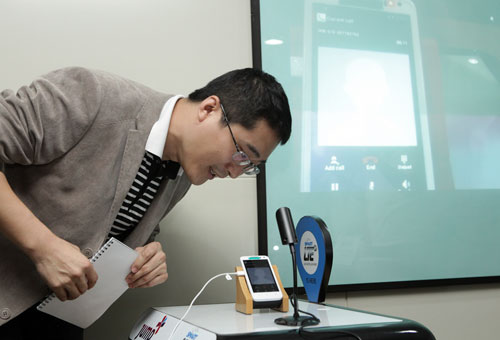The number of 4G-LTE connections worldwide is forecast to pass one billion by 2017, according to a new study by GSMA Intelligence. By 2017, it is expected that LTE will account for about one in eight of the more than eight billion total mobile connections forecast by that point, up from 176 million LTE connections at the end of 2013. Nearly 500 LTE networks1 are forecast to be in service across 128 countries, roughly double the number of live LTE networks today.
“Since the launch of the first commercial 4G-LTE networks in late 2009 we are seeing deployments accelerate across the globe,” commented Hyunmi Yang, Chief Strategy Officer at the GSMA. “Our new report highlights a number of factors that are driving LTE growth: the timely allocation of suitable spectrum to mobile operators; the availability of affordable LTE devices; and the implementation of innovative tariffs that encourage adoption of high-speed data services. Mobile operators in both developed and developing markets are seeing LTE services contributing to a significant increase in ARPU.”
The study calculates that about 20 per cent of the global population is currently within LTE network coverage range. As operators continue to expand LTE coverage over the next few years, it is forecast that LTE networks will be available to half of the world’s population by 2017. In the United States, LTE networks already cover more than 90 per cent of the population, compared to 47 per cent population coverage in Europe and 10 per cent in Asia.
The United States currently accounts for almost half (46 per cent) of global LTE connections; the United States, South Korea and Japan combined account for 80 per cent of the LTE total today. However, Asia is expected to account for almost half (47 per cent) of all LTE connections by 2017, as LTE networks are rolled out in major markets such as China and India. Half of total mobile connections in South Korea are now running on LTE networks — compared to 20 per cent in Japan and the United States — making South Korea the most advanced LTE market worldwide.
The study also found that:
- In most cases, the migration to 4G-LTE is happening considerably faster than the earlier migration from 2G to 3G
- LTE users consume 1.5GB of data per month on average2 – almost twice the average amount consumed by non-LTE users
- In developing economies, operators have noted that LTE users can generate ARPU seven to 20 times greater than non-LTE users. In developed markets, operators have found that LTE can generate an ARPU uplift ranging from 10 per cent to 40 per cent
- Four out of five mobile operators that have acquired ‘new’ spectrum since January 2010 have been allocated airwaves aimed at supporting the launch of LTE networks
- LTE networks worldwide have been deployed in 12 different frequency bands to date; four out of five live LTE networks today are deployed in one of four bands: 700MHz, 800MHz, 1800MHz or 2600MHz
- The average retail price (before discounts and subsidies) of LTE smartphones in developed markets such as the US has remained unchanged at around US $450 for the last few years
- Handset subsidies have contributed considerably to the increase in LTE penetration over the last two years, but operators have also become more innovative in their pricing
